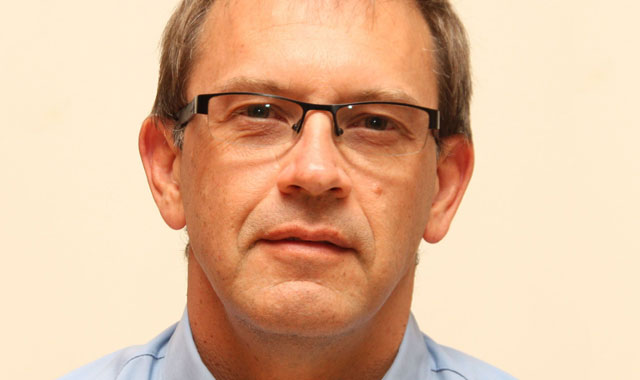
Cellphones and Sim cards. They go together like bread and butter, or socks and shoes. Except they won’t for much longer, as the industry gears up for an era where Sim cards are consigned to the history books.
The GSMA, an industry body that represents the world’s mobile telecommunications providers, is working on a system that, if adopted by operators — which appears certain — will do away with the need for physical Sim cards.
And the first devices that support what the GSMA calls “remote Sim provisioning” could go on sale in South Africa by as early as the end of the year, according to Vodacom’s executive head of innovation, Jannie van Zyl.
It’s not that the concept of the Sim card – providing users with a unique identification number and secure access to operator services – is being done away with. Rather, the intelligence in the Sim will move from a separate physical product to being embedded as “firmware” in handsets.
The move to embedded Sim technology, or e-Sims, is set to have profound implications for operators, regulators and consumers, according to Van Zyl.
For one thing, it will allow consumers to switch much more easily between network operators. Users will be able to access a simple on-screen menu to switch between networks at will, allowing them to move instantly between the best deals and coverage.
Instead of buying a Sim card, consumers will authenticate their devices against a server to gain access to their preferred network or networks.
The GSMA has already launched a first phase of the roll-out of e-Sim technology for use in smartwatches and other companion devices that are paired to another device like a smartphone. The second phase, due to begin by midyear, will bring the technology to smartphones themselves.
The initial driver of e-Sim technology was the “Internet of things” (IoT), the idea that billions of devices — from fridges to cars to running shoes — will be connected to the Internet and that this will be done via mobile networks, says Van Zyl.
The technology will allow for better waterproofing (no slot where a Sim card has to be inserted) and lead to the development of ever-smaller Internet-connected devices.
e-Sims will also do away with the need for complex Sim card distribution networks and control mechanisms that the operators have to manage at great expense.
But there are still plenty of challenges that must be resolved before e-Sim technology can take off. For one thing, all players in the ecosystem — from operators to Sim vendors — need to decide who will deploy and manage the servers that are central to an e-Sim environment.
And regulators will probably have to become involved in the conversation, too, on everything from legal interception to number porting, says Van Zyl.
Although e-Sims should meaner greater simplicity for consumers — no more juggling Sim cards, for example — it is likely to lead to greater complexity at the back end, Van Zyl adds. “If you on a contract with Vodacom, what will stop you from switching to Cell C? In theory, the architecture allows the customer to create, modify and delete a profile.”
Also, there is the threat of “arbitrage”, with consumers able to switch easily between providers. This could lead to an erosion of retail prices as competition intensifies. The well-developed Sim distribution channel, which employs thousands of people, will also find itself under pressure.
There are upsides for operators, too. Their Sim logistics headache is likely to go away, for example. And for device manufacturers, it should lead to simpler, better and waterproof designs, Van Zyl says.
You can be guaranteed there is lots of infighting, but the industry will launch this thing and it is going to work
Despite the complexities, Van Zyl has no doubt that the physical Sim card is now living on borrowed time.
He says all the major mobile operators worldwide, along with the Sim vendors and hardware manufacturers such as Apple, Qualcomm, Samsung, Microsoft, Sony and Huawei, are involved in the effort to move to e-Sim technology.
“You can be guaranteed there is lots of infighting, but the industry will launch this thing and it is going to work.”
Van Zyl thinks Apple is likely to lead the charge, doing away with the Sim card slot in an upcoming version of the iPhone. When this happens, it will propel a swift move, at least in high-end handsets, away from physical Sims.
“When Apple does something, it gets media attention, and the rest of the industry follows. They create awareness. And then we see the volumes,” Van Zyl says.
Although the top end of the market will switch quickly, it could, however, take up to 20 years before the last Sim cards are removed from the system, he says.
- This piece was first published in the Sunday Times

